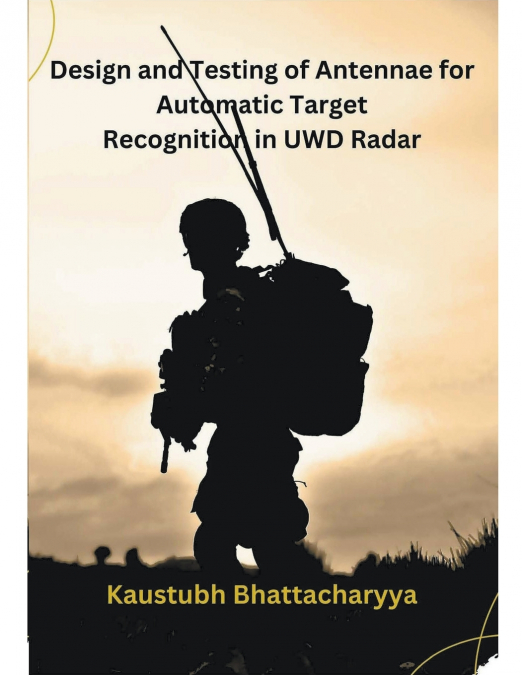
 Librería Desdémona
Librería Desdémona
 Librería Samer Atenea
Librería Samer Atenea
 Librería Aciertas (Toledo)
Librería Aciertas (Toledo)
 Kálamo Books
Kálamo Books
 Librería Perelló (Valencia)
Librería Perelló (Valencia)
 Librería Elías (Asturias)
Librería Elías (Asturias)
 Donde los libros
Donde los libros
 Librería Kolima (Madrid)
Librería Kolima (Madrid)
 Librería Proteo (Málaga)
Librería Proteo (Málaga)
The means of sending and receiving information without physical interaction has always been an area of interest. Communication engineers are keen to improve thequality of the process of exchange of information using wireless methods. Antennas are the most vital part of a wireless network. The reliability of information exchange through a wireless system much depends on the functionality of the antennas, both at the transmitter and receiver. Thus, the design of a near-to-perfect antenna has always been an inevitable ambition of a communication engineer. Design of microstrip anten- nas and slot antennas have remained a globally trending area of research for several decades now. Many novel approaches have evolved for designing microstrip antennas and slot antennas of different physical and electromagnetic properties at the microwave frequencies. As the need for bandwidth is increasing over the years, researchers are ex- ploring paths to design THz antennas. The already developed know-how for the design of microstrip antennas is found to be handy in this direction. Metamaterials are the artificial structures whose properties are not easily found in nature. From this general- ized notion, the focus of the research and development of metamaterial can be in anypart, if the proposed artificial structure follows the unique electromagnetic properties. The capability to recognize a targeted object accurately by its radar return aloneunder all environmental conditions is of great concern to automatic target recognition (ATR) systems. ATR generally refers to the use of computer processing to detect and recognize the target signature in sensor data. ATR has become increasingly important in modern defence strategy because it permits precision strikes against specific tactical targets with minimized risk and maximized efficiency while decreasing surety damage to other objects. A key advantage of using tools such as Artificial Neural Network (ANN) is that, since the algorithms automatically remember the available data, the resulting high-performance algorithms are customized to the variable data.